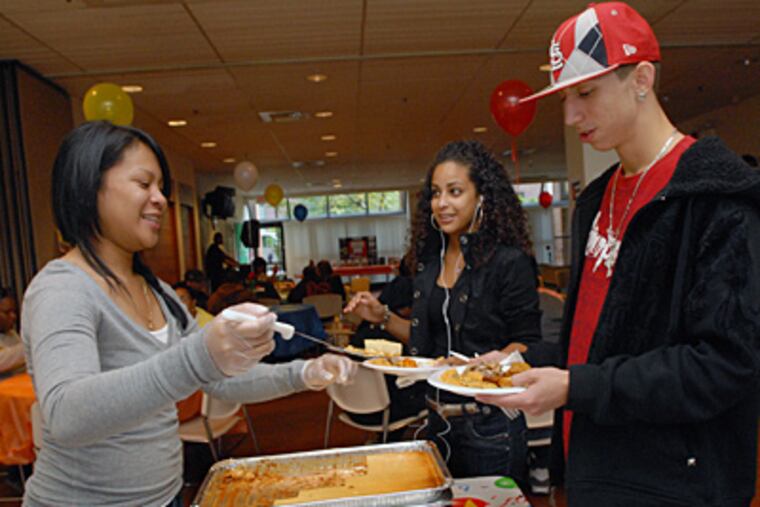Census shows N.J. more diverse and older
New Jersey's population is growing grayer, more unmarried partners are living together, and an increasing number of residents identify as Mexican or Asian Indian.

New Jersey's population is growing grayer, more unmarried partners are living together, and an increasing number of residents identify as Mexican or Asian Indian.
These were just a few snapshots revealed in the latest U.S. Census information, released Thursday.
Some of the most striking changes involve the growth of ethnic groups, which has helped fuel the increase in the region's diversity.
Camden County College, for example, offers an "accent reduction" course in English, and the school just began offering a basic English class for continuing education.
"We presently have 20 students in the class, and they come from 17 different countries," said Jesse Orlando, director of English as a Second Language and international student services at the college. "I think it's remarkable."
Hispanics are the fastest growing group in the state, and, as of the 2010 census, they are now the largest minority in New Jersey, constituting 17.7 percent of the state's population.
Within that group, most notable are Mexicans, whose population in South Jersey grew by 164 percent since 2000, about triple the rate for Hispanics as a whole. In the region, Camden County's Mexican population grew the fastest, with Lindenwold showing the largest increase in the suburbs - up 867. Mexican residents now make up 6 percent of the borough's population, according to census data.
These results came as no surprise to Msgr. Bob McDermott at St. Joseph's Pro-Cathedral in East Camden. The church, which seats 900, is packed every Sunday for the Spanish Mass, he said. Baptisms and First Communions have nearly tripled in the last three to four years. The parish, which was once predominantly "Anglo and elderly," is now about 85 percent Hispanic.
"I've seen a tremendous growth of Mexicans in the community," he said. "We have seen the development and the redevelopment of the commercial corridor of Federal Street in East Camden. That has become almost completely a Mexican business corridor."
The Asian Indian population - Indian immigrants or children of Indian immigrants - grew in all three counties, especially in more affluent areas of northern Burlington County. In the towns of Chesterfield, Mansfield, Bordentown Township, and Burlington Township, Asian Indians now make up 6 percent of the population, up from 1 percent in 2000.
Unmarried couples statewide increased by nearly 40,000 people - to 190,283 who say they are in such relationships.
And like Pennsylvania, where half of residents were 40 or older last year, New Jersey's population is aging. The median age is 39, up from 36.7 in 2000. In the region, Burlington County is the oldest, with a median age of 40.4, and Camden County is the youngest, with a median age of 37.9. Gloucester's median age is 38.7.
Gloucester County saw a 5 percent increase in school-age children (17 and younger). In particular, Woolwich, the fastest-growing town in South Jersey, added nearly 2,500 school-age children in the last 10 years.
Camden and Burlington Counties saw decreases in school-age children, 8 percent in Camden County and 2 percent in Burlington County.
All three counties saw increases in residents 45 and older, with a big jump in those 85 and older. Once again, Woolwich Township topped the list of towns with the most dramatic changes.